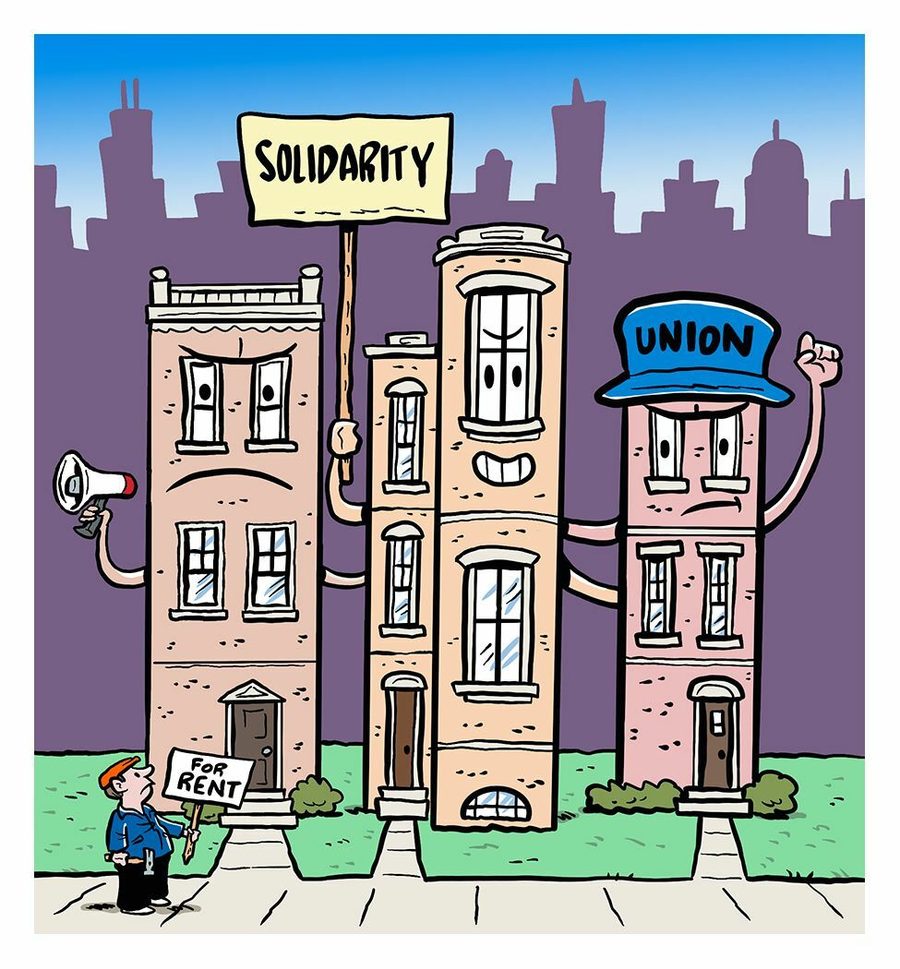
Image by Agustín Lautaro.
Climate agreements suck. There are no real enforcement provisions. Many signatories cheat. Some don’t rep0rt at all. Moreover, reported data is highly suspect. It’s a worldwide scandal recently exposed by YaleEnvironment360.
Evidence of cheating is found in the atmosphere: Global CO2 is on a rampage, skyrocketing upwards like never before, double-to-triple rates of only one year ago, see: CO2 Bursting into the Atmosphere. This is not supposed to be happening. It is twisting the planet’s climate system into a pretzel that doesn’t know which way to turn next. There are plenty of reasons to believe it is going to get much, much worse. The planet’s climate system is already so far whacked-out that it’s breathing fire.
For example, the European Space Agency’s Copernicus Sentinel-3A satellite registered a 705% increase in fire activity in Canada in 2023 versus the prior six-years.
Meanwhile, greenhouse gas emissions are skyrocketing in the aftermath of the much-touted climate agreement Paris ‘15 when 196 countries agreed to cut to net zero. Oops, wrong, many signatories are “net nothing.”
There is compelling evidence that signatory nations to Paris ’15 don’t give a damn about the agreement or care about Hot House Earth as they cavalierly undercount, when they do report, or they simply refuse to report. As a result, UN climate goals go straight into the trash, worthless.
In March 1994 the United Nations Framework Convention on Climate Change (UNFCCC) organized an objective to stabilize atmospheric greenhouse gas emissions to prevent dangerous human interference with the climate system. That’s when “humans” were “officially recognized” as an active participant in climate change. It’s been downhill ever since. In fact, it’s been an ongoing disaster. The evidence is found in greenhouse gas emissions increasing every year since UNFCCC formalized. And now, as of 2024, emissions are bordering on torrential increases.
Worse yet, UNFCCC and Paris ’15 lures the world community into a false sense of hope, false pretense that everything is under control, we’ve got the nations of the world agreeing to combat global warming, not to worry. The illusion works because very little outrage about the illusion has been touted in public. In the real world, UNFCCC and the Paris climate agreement of 2015 are phony symbols of success. Get over it.
YaleEnvironment360 recently, March 21, 2024, published an exposé about the scandalous behavior of signatories to climate agreements: Nations Are Undercounting Emissions, Putting UN Goals at Risk researched and written by Fred Pearce, one of the best most respected environmental journalists.
The article opens by stating the heart of the problem as “lax rules” allow for national inventories reporting to the UN “grossly underestimating many countries’ greenhouse gas emissions.”
In fact, according to the article “most countries published data to UNFCCC’s website is typically out of date, inconsistent, and inc0mplete.” According to Glen Peters, Centre for International Climate Research (Norway): “I would not put much value, if any, on the submissions.”
For example, China’s coal reporting is likely so seriously underreported that its underreporting equals total emissions of many major industrial countries. And in the US, a recent article in Nature, US Oil and Gas System Emissions from Nearly One Million Aerial Site Measurements d/d March 13, 2024, exposed methane emissions three times more than the government reported.
One of the world’s major oil & gas producers, Qatar stopped reporting emissions in 2007. No surprise there as it’s the world’s highest per-capita CO2 emissions abuser. Meanwhile, they revel in billions of dollars the world pays to dishevel the planet’s climate system. Even worse yet, it’s believed their undeclared emissions have doubled since 2007. Is something radically amiss here?
The Philippines last sent its inventory in 2013. Guyana in 2012.
According to Pearce’s article: “The world is flying blind, unable either to verify national compliance with emissions targets or figure out how much atmospheric ‘room’ countries have left for emissions before exceeding agreed warming thresholds.”
The standards for reporting are replete with uncertainties. Even with activity data that’s filed there’s no way to know how much fossil fuel is burned in most countries or how much methane leaks. And uncertainties are prevalent in how activities are converted into emissions estimates. Off the shelf formulae often fails to reflect real conditions. In short, it’s almost as if a gigantic Ponzi scheme oversees UN reporting standards.
The deception is found everywhere, e.g., in Canada, aircraft measurements of CO2 over the enormous tar sands project revealed emissions 64% higher than reported. Moreover, satellite data analyzed by the International Energy Agency on a global basis discovered methane emissions 70% higher worldwide over oil and gas fields than officially reported.
The overall scandal even extends to what should be “positive reports.” According to Clemens Schwingshackl of Ludwig-Maximilian’s University/Munich: “Governments collectively claim their forests are soaking up 6 billion tons more Co2 each year than scientists can account for.”
Everybody everywhere is fudging, cheating, obscuring, pretending, and/or avoiding reality. Yet over 100 heads of state, presidents, prime ministers, environmental ministers, secretaries of state, etc. show up for the annual COPs (UN Conference of the Parties) for photo-ops. And that’s pretty much the extent of the substance.








